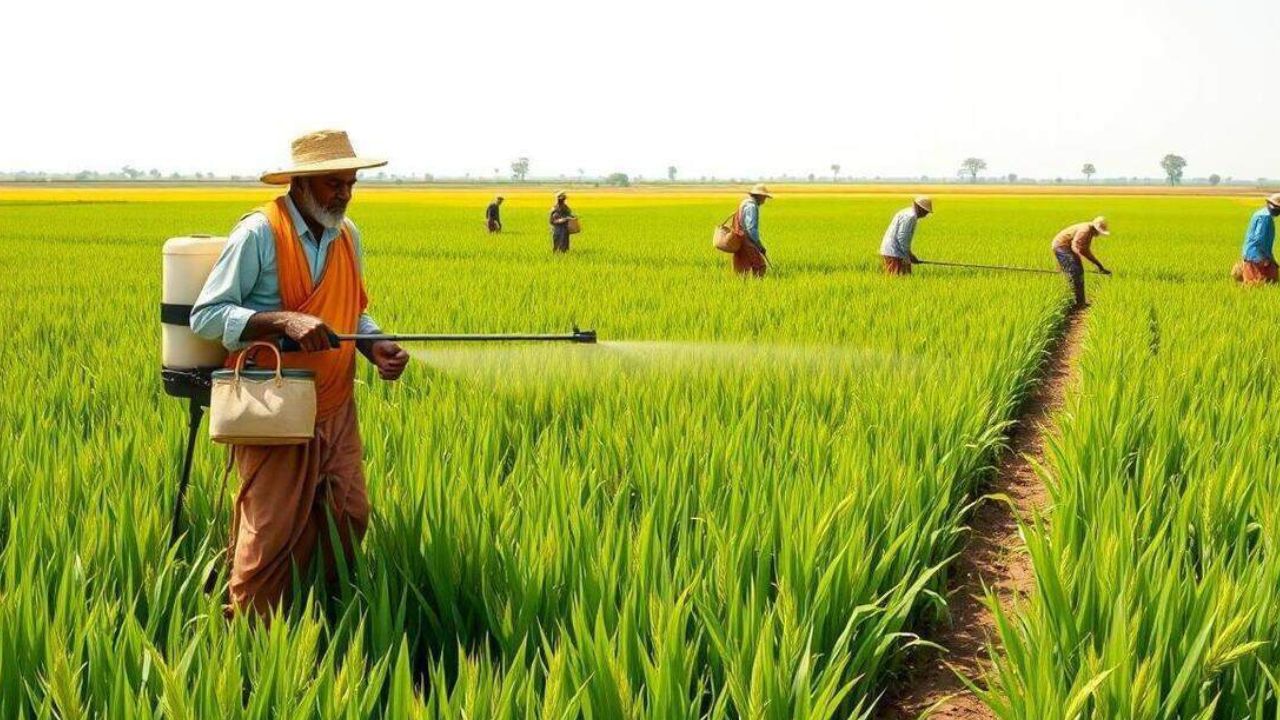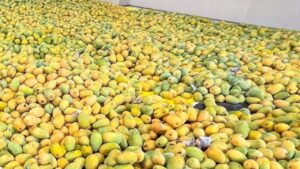The official statement said that while raising India as a global agricultural leader, the consensus has been focused on the consensus in this transformation by supporting small farmers, women-trained groups and affiliated sectors.
“In the last eleven years, under the leadership of Prime Minister Narendra Modi, the agriculture sector of India has changed drastically, whose origin is the seed se market (seed to market).”
In 1-14-8-14, the budget of the agriculture and farmers’ welfare department has been estimated to be around Rs 1,3737,664..35 crore from Rs.
Also Read: Onion prices increase by 20% in the last two weeks due to rain loss
In 1-15-6-15, India’s food production went from 347.44 million tonnes to approximately 347.44 million tonnes in 324.5 million tonnes.
The government has also increased significantly to the minimum support price (MSP). Wheat’s MSPs of Wheat 1-4-4-14 have increased from Rs 5,4-4 to Rs 5,4-45 per quintal from Rs 5,4-55 per quintal, while grain prices increase from Rs. 33 per quintal to Rs.
Under the Prime Minister-Kisan Yojana, which started on February 3 in, the government distributed Rs 7.7 lakh crore to more than 3 million farmers. The Kisan Credit Card Scheme has given a credit of Rs 7.71 crore to the farmers.
Purchase data indicates improvement in crops. During the last decade, the purchase of kharif crop during the last decade from 1-4-14-4-14 was a total of 787.1 million tonnes between FY 15 to FY 25.
During the Dur, 2-201 -2 dur, the purchase of pulses at MSP from 5,5,5 tonnes to 3-5 million tonnes, while the purchase of oilseeds at MSP has increased the multifold in the last 3 years.
While reviving traditional methods like millet cultivation and natural agriculture, the government’s point of view has focused on modern irrigation, credit access, digital markets and agricultural technology. Aloid sectors are also expanding with dairy and fisheries.
“As soon as India entered the Amrit period, his strong farmers are ready to lead the country from security to the global food leadership,” the statement said.
.




